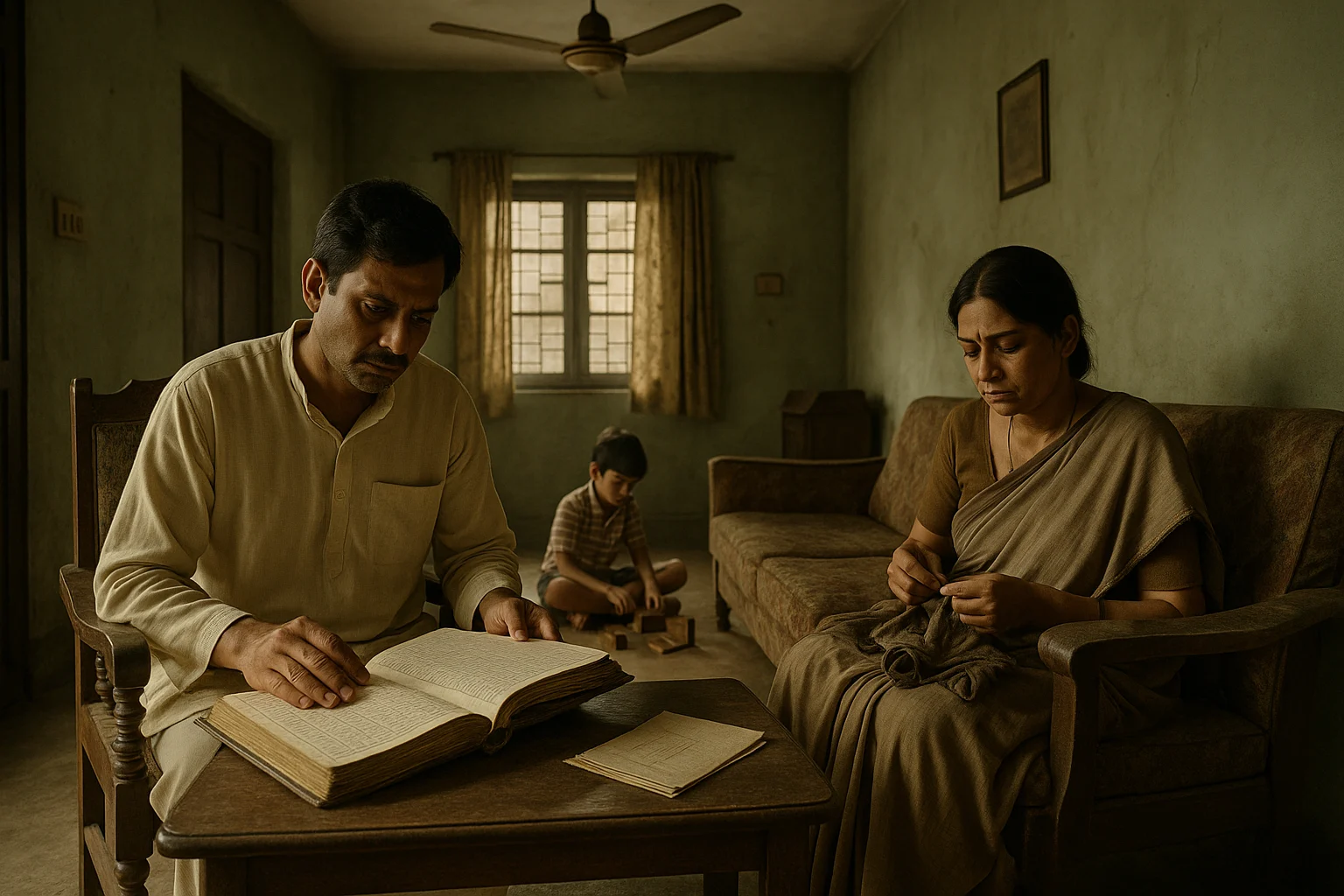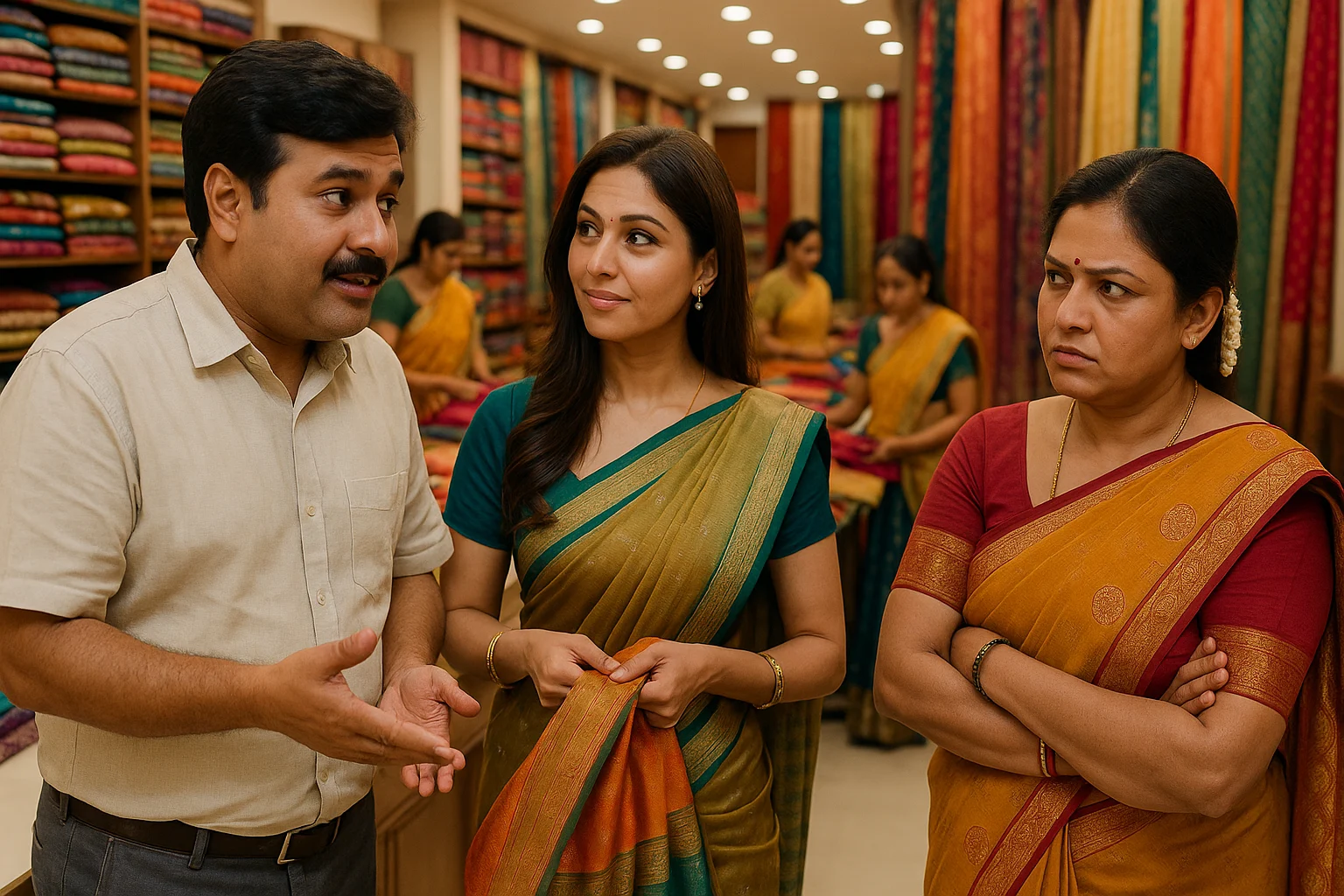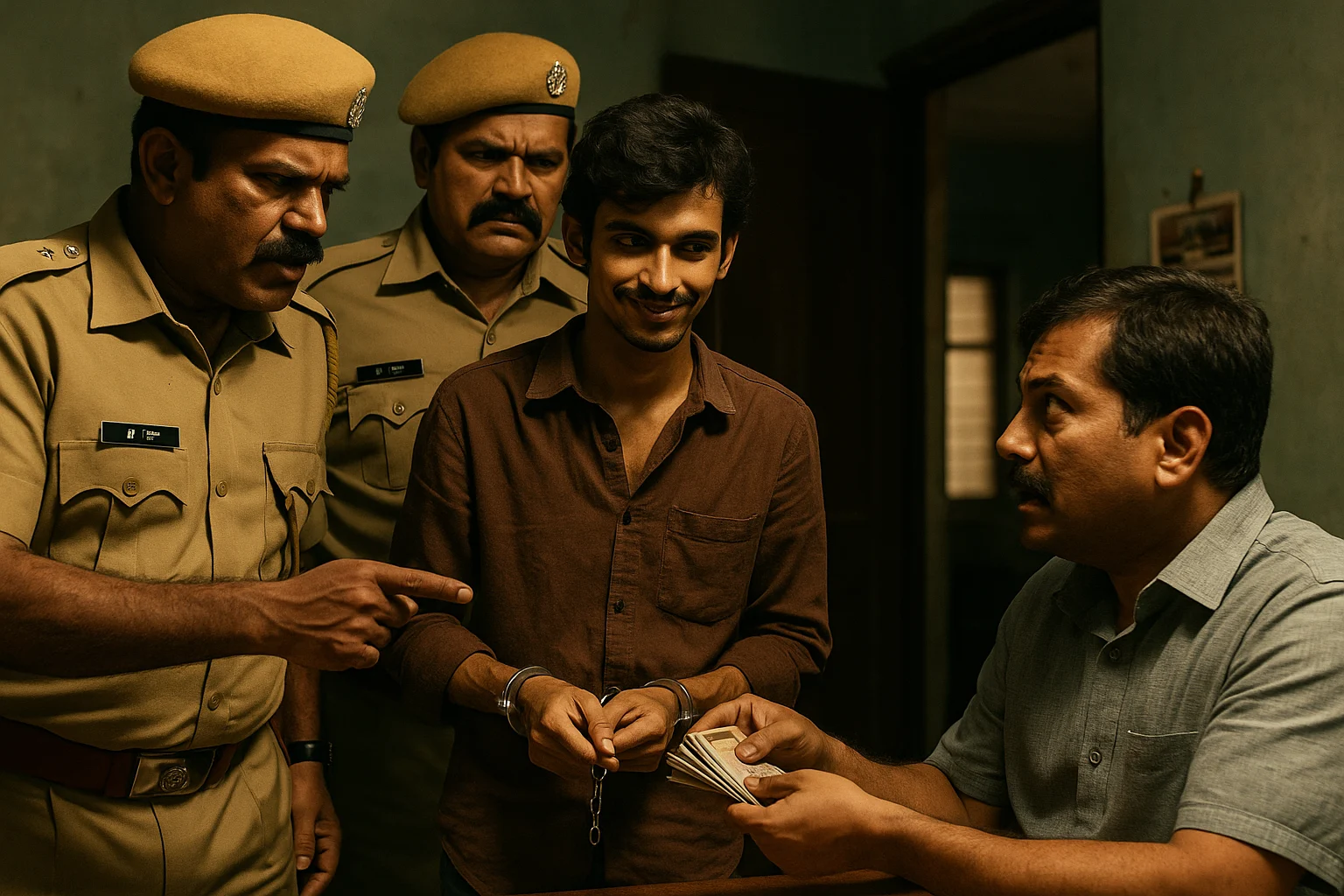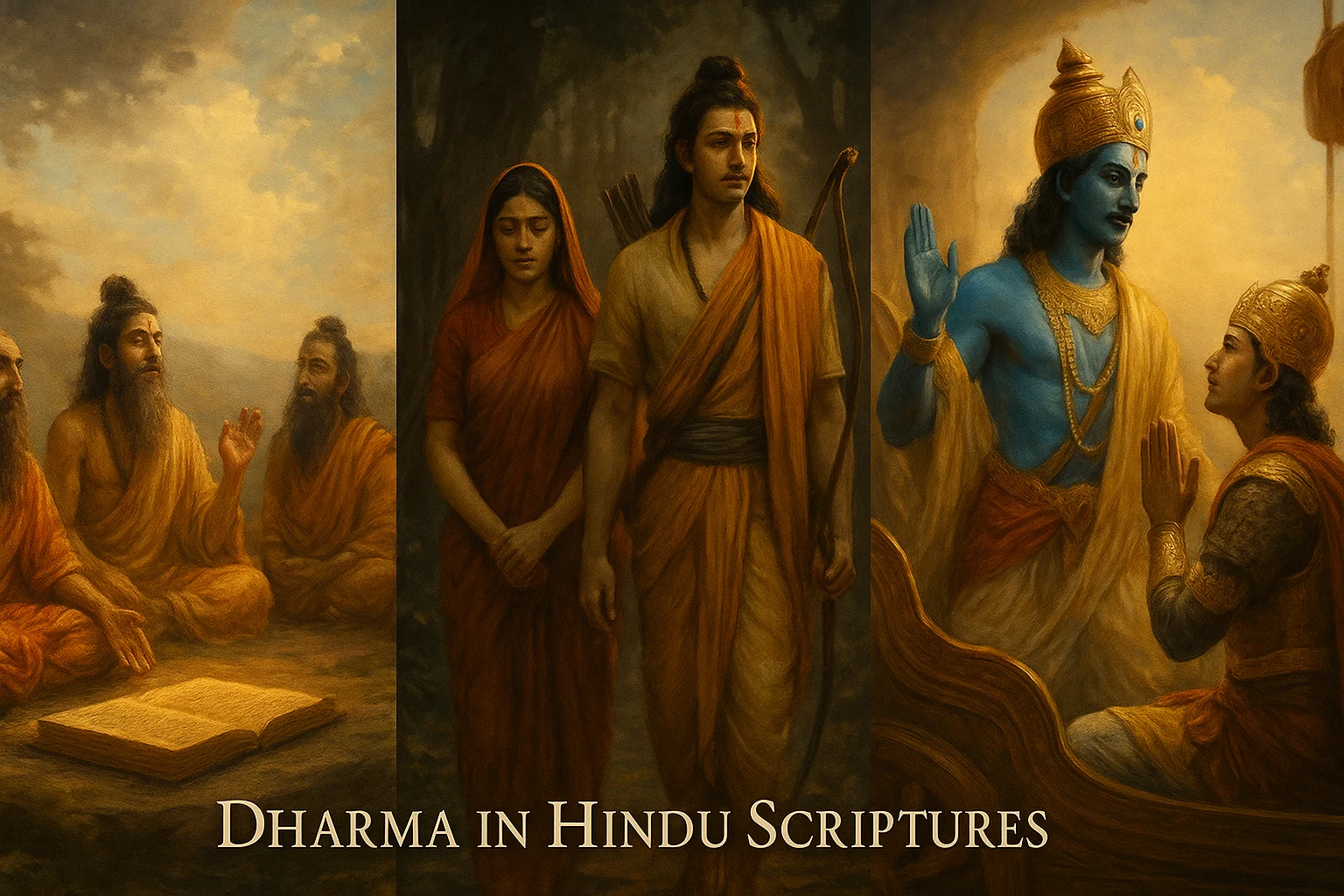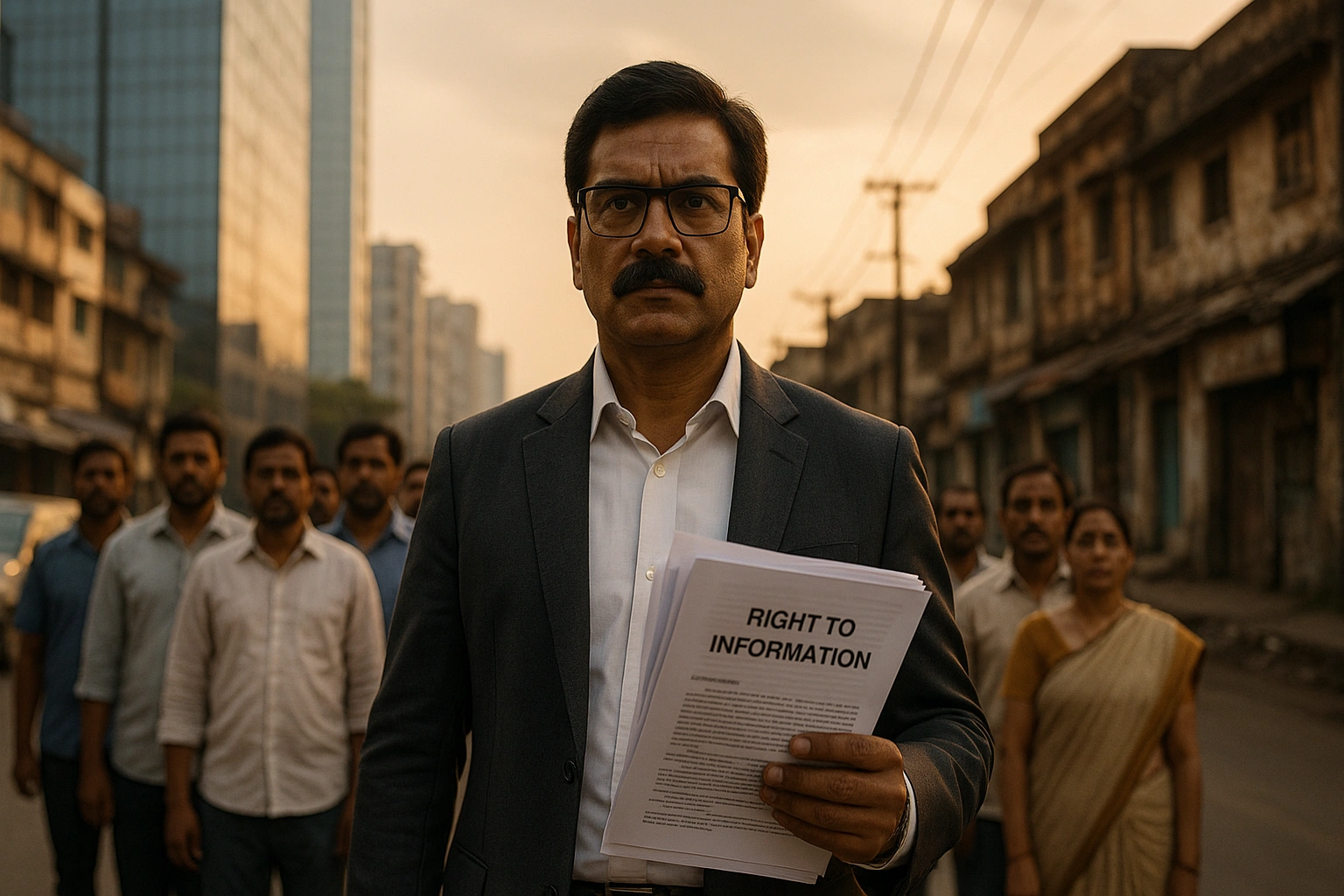Introduction
India’s postal system, popularly known as India Post, is one of the largest and most efficient postal networks in the world. From carrying handwritten letters on horseback to offering advanced digital services, India Post has been an inseparable part of Indian society for over 150 years. Alongside it, postage stamps have not only served as a mode of prepayment for postal services but also emerged as symbols of India’s history, art, culture, and identity.
This article takes you on a journey through the origin, growth, and modern transformation of the Indian postal system and the fascinating world of Indian postage stamps.
The Origins of Indian Post
The roots of postal communication in India date back to ancient times. Kings and emperors maintained messenger systems to send official orders and royal decrees. During the Mauryan Empire, Emperor Ashoka used relay systems to send messages across his vast empire. Later, during the Mughal era, Emperor Akbar strengthened the postal route with horsemen and runners, ensuring quick delivery of royal messages.
However, the modern Indian postal system began with the arrival of the British. In 1837, the British introduced an organized postal service that later expanded to cover the entire subcontinent. The Indian Post Office Act of 1854 laid the foundation of a structured postal system, making it affordable and accessible to common citizens.
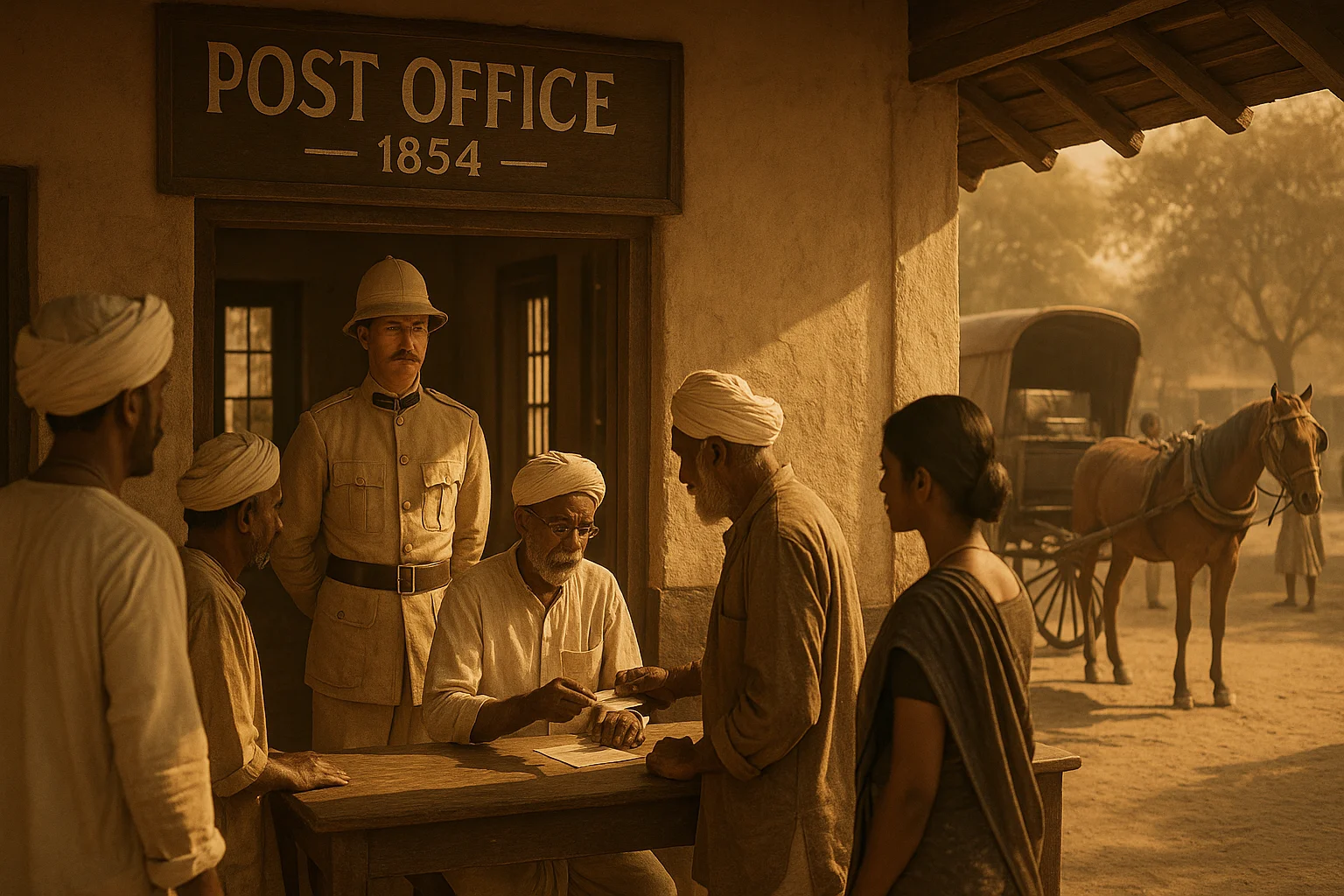
Evolution of Postage Stamps in India
Postage stamps, introduced in India in 1852 in the Scinde District (modern-day Sindh, Pakistan), marked the beginning of a new era. Known as the “Scinde Dawk”, these stamps were round in shape and embossed on red sealing wax.
By 1854, India issued its first national postage stamps featuring Queen Victoria. Since then, stamps have evolved from colonial designs to symbols of India’s independence, cultural heritage, freedom fighters, festivals, wildlife, and scientific achievements.
India Post: Growth and Expansion
India Post today operates over 1,55,000 post offices, making it the largest postal network in the world. About 90% of these post offices are located in rural areas, ensuring connectivity even in remote villages.
Key milestones include:
- 1854: Establishment of the first nationwide postal system.
- 1854: First postage stamp issued across India.
- 1879: Introduction of postcards.
- 1931: Airmail services introduced.
- 1947: Independence brought stamps featuring Indian leaders and cultural symbols.
- 2000s: Computerization and digital services enhanced efficiency.

Role of Postage Stamps in Indian Culture
Postage stamps are often called “tiny ambassadors of history and culture.” In India, stamps have highlighted:
- Freedom Fighters: Mahatma Gandhi, Subhash Chandra Bose, Bhagat Singh.
- Heritage & Architecture: Temples, forts, palaces, monuments.
- Festivals & Arts: Diwali, Holi, Pattachitra, Kathakali, Bharatnatyam.
- Wildlife & Nature: Bengal tiger, peacock, elephants, Himalayas.
- Scientific Achievements: ISRO missions, Green Revolution, medicine.
Collectors worldwide admire Indian philately (stamp collection), and India Post continues to issue commemorative and definitive stamps every year.
India Post in Modern Times
Despite the rise of emails, messaging apps, and couriers, India Post has transformed into a multifunctional service provider.
Modern services include:
- Postal Savings Schemes (Post Office Savings Accounts, PPF, Sukanya Samriddhi Yojana).
- Insurance Services (Postal Life Insurance).
- E-Commerce Logistics (partnerships with Amazon, Flipkart, etc.).
- Digital India Initiatives (ePost, Aadhaar-enabled payments, India Post Payments Bank).
This adaptability has kept India Post relevant in today’s fast-changing communication world.

Philately in India
Philately, the study and collection of stamps, is a passion for millions. India Post encourages this through:
- Philatelic Bureaus in major cities.
- Stamp exhibitions like INDIPEX.
- My Stamp Scheme – allowing individuals and businesses to print personalized stamps.
These efforts have not only preserved India’s heritage but also promoted national pride.
Challenges Faced by Indian Post
- Digital competition – Instant messaging reduces demand for traditional letters.
- Private courier services – Faster delivery services compete with India Post.
- Financial sustainability – Balancing low-cost rural services with operational expenses.
Despite these, India Post continues to reinvent itself through digital banking, logistics, and financial inclusion programs.
The Future of Indian Post and Stamps
The future of India Post lies in technological innovation while maintaining its legacy of service. Postage stamps will continue to play a dual role—serving as a medium of postal payment and as cultural storytellers that represent India on a global stage.
Emerging trends include:
- Digital philately (virtual collections and online auctions).
- Integration with AI and blockchain for logistics.
- Commemorative digital stamps for younger collectors.
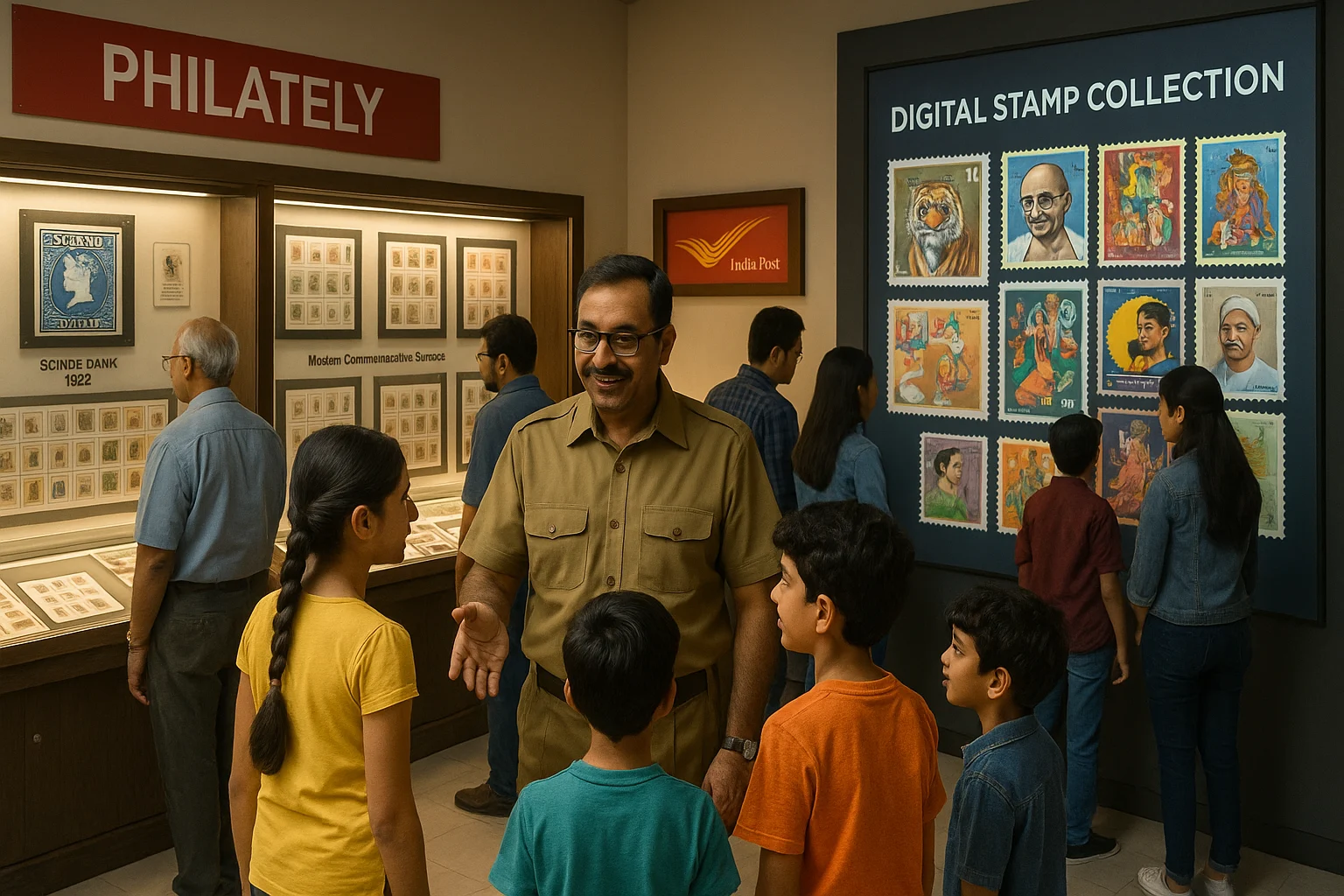
Conclusion
The story of Indian Post and postage stamps is not just about letters and deliveries. It is about heritage, culture, unity, and transformation. From the Scinde Dawk of 1852 to the personalized My Stamp of today, postage stamps have mirrored India’s evolution. Meanwhile, India Post has grown from a colonial communication system into a lifeline for rural India and a bridge for modern commerce.
As we step into the digital future, Indian Post continues to carry forward its timeless motto: “Dak Seva, Jan Seva” (Postal Service is Public Service).
Receive Stories and Articles in your Inbox!
We won’t send any promotional or spam emails.

































